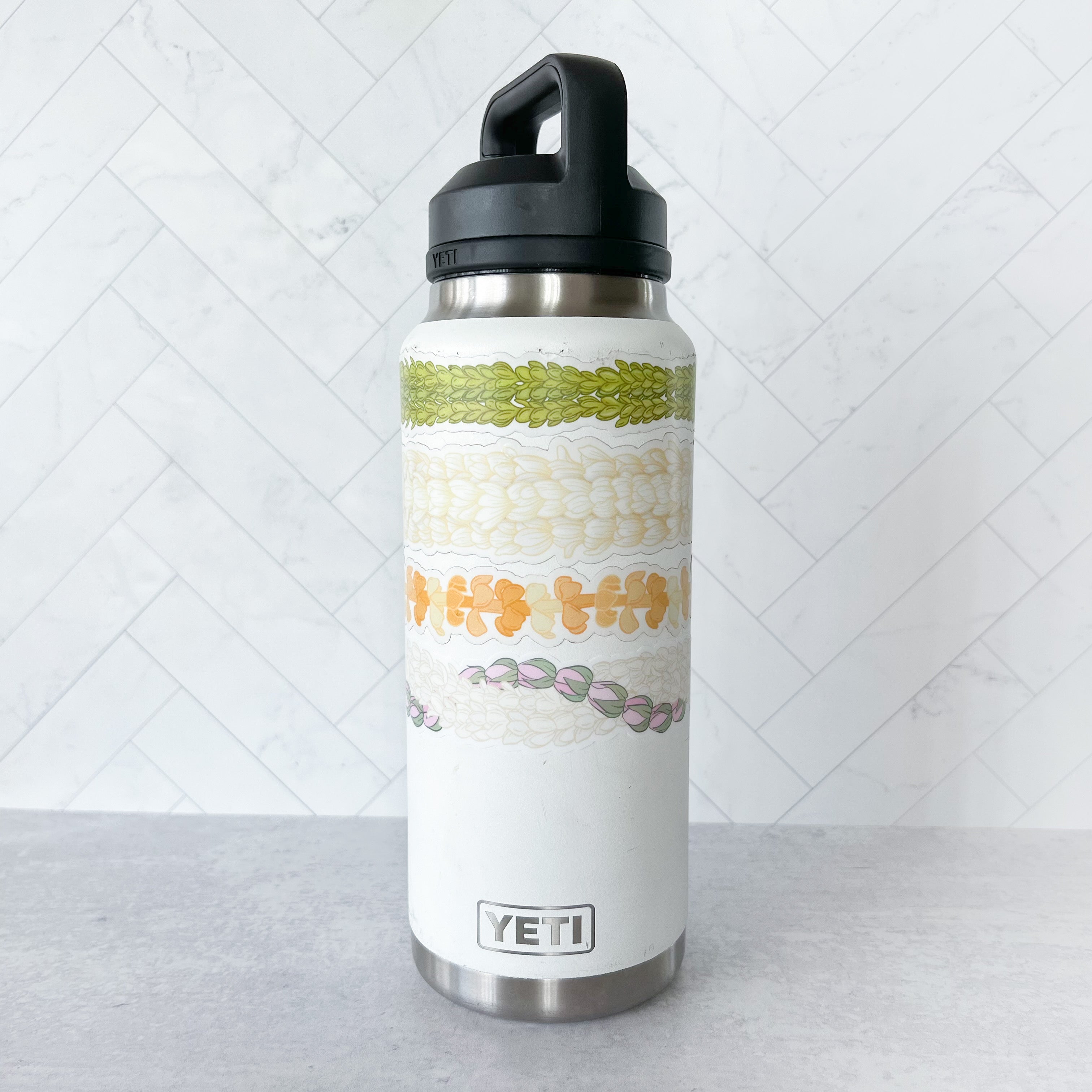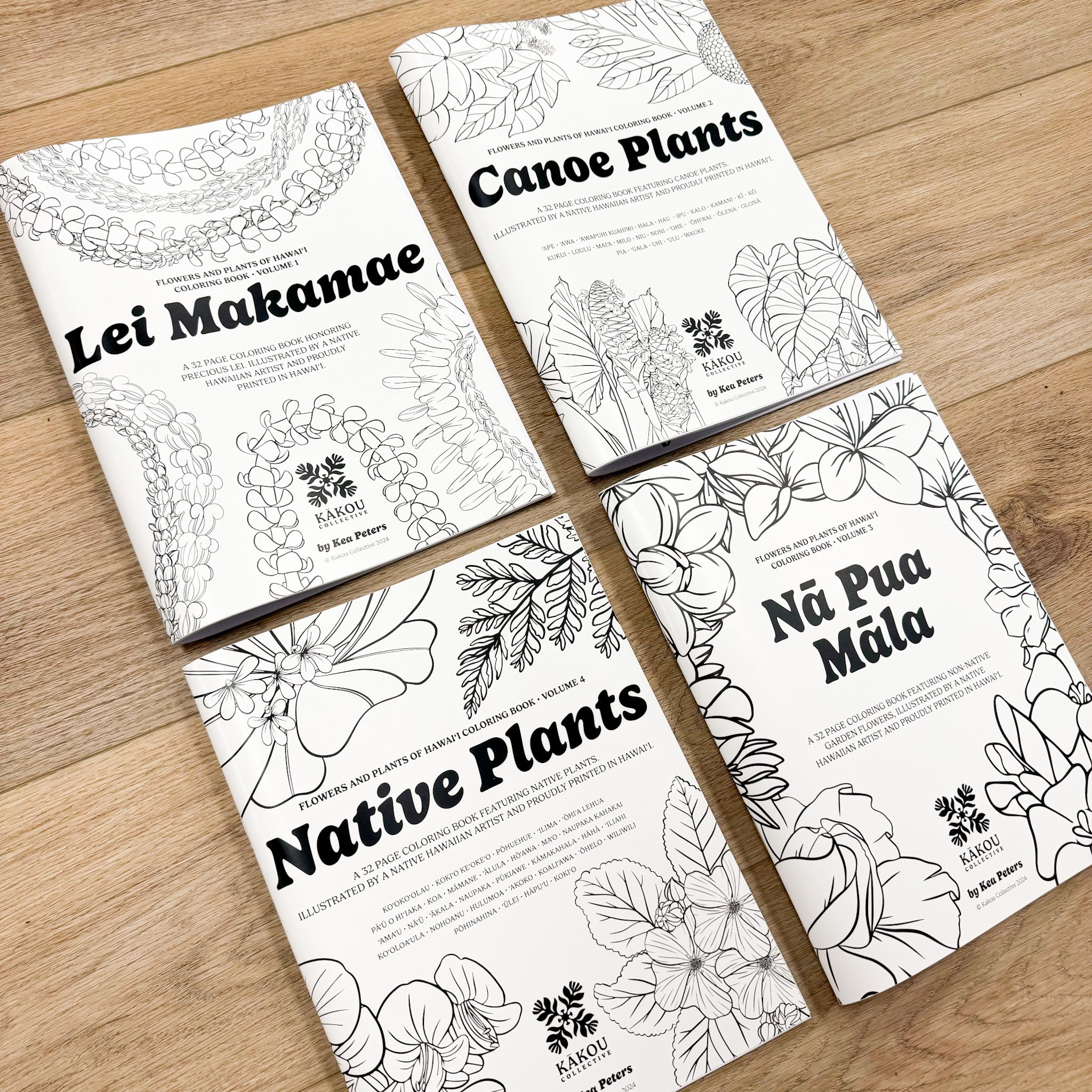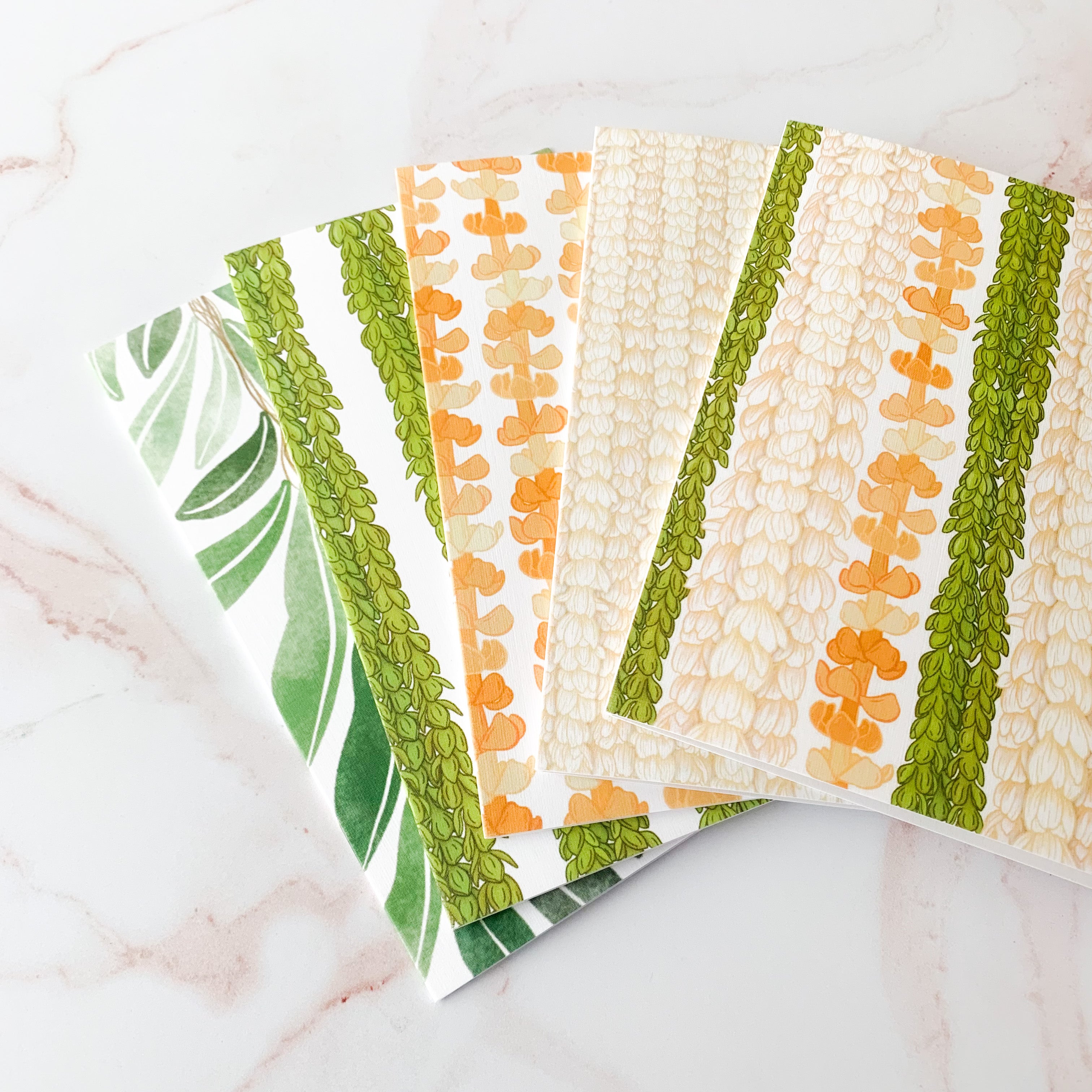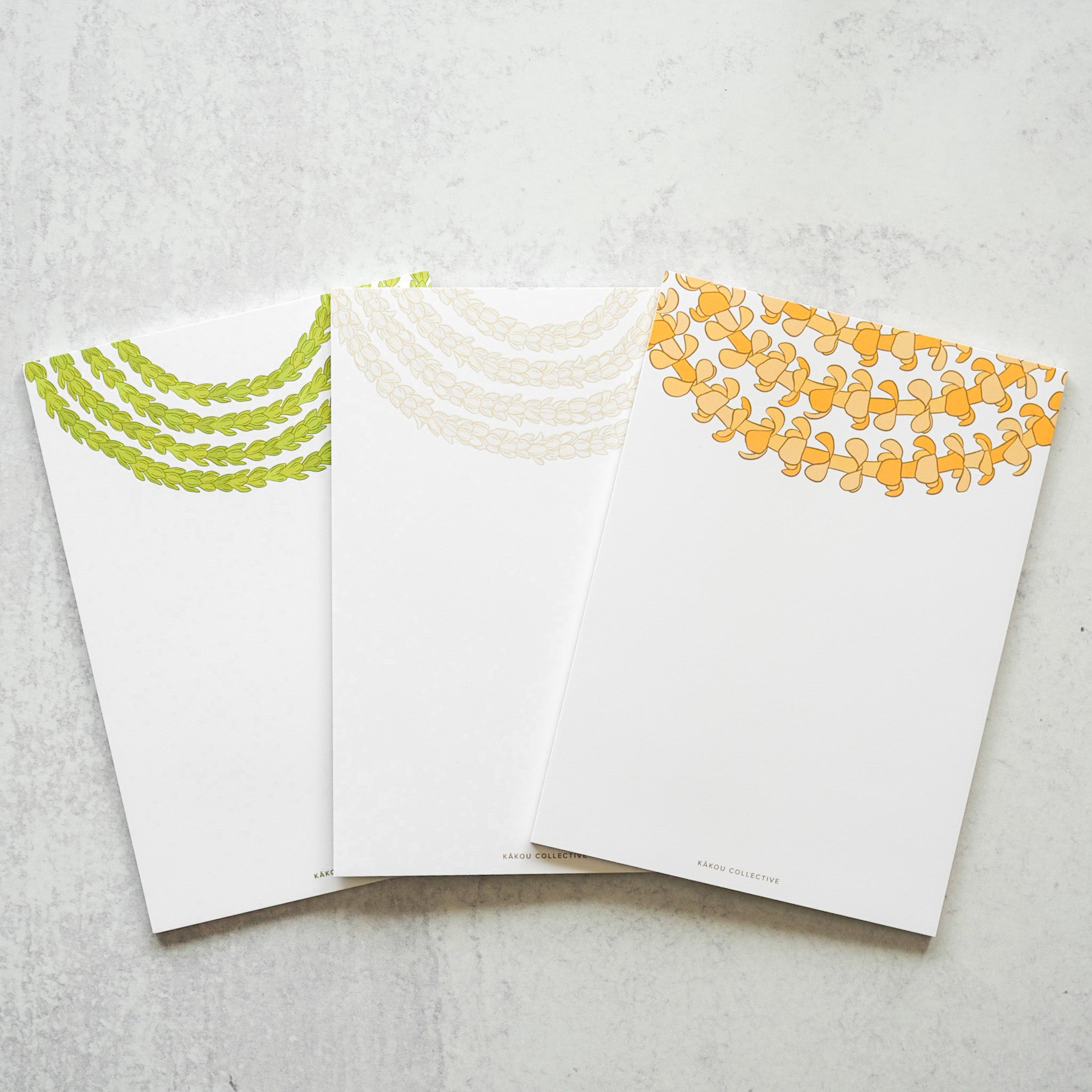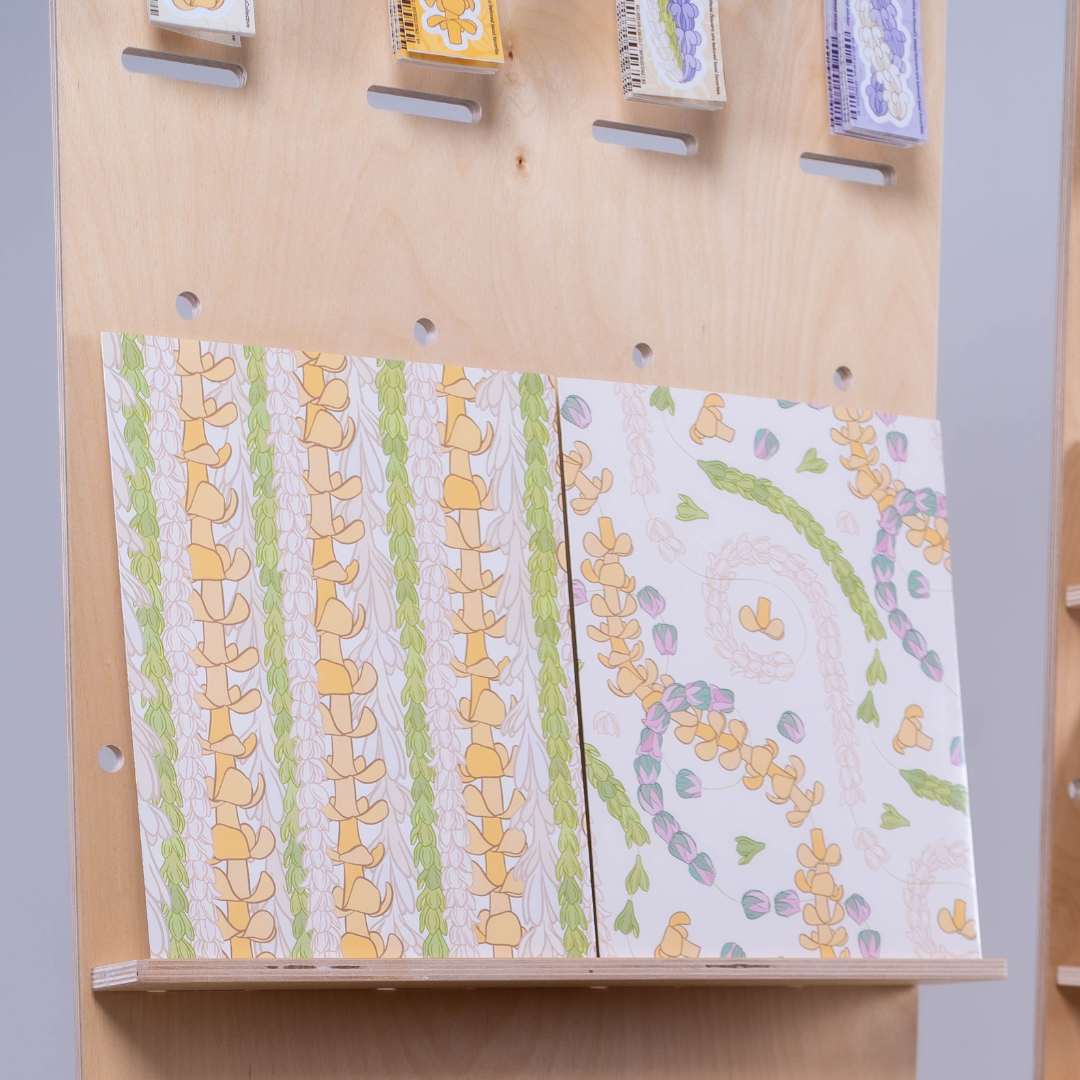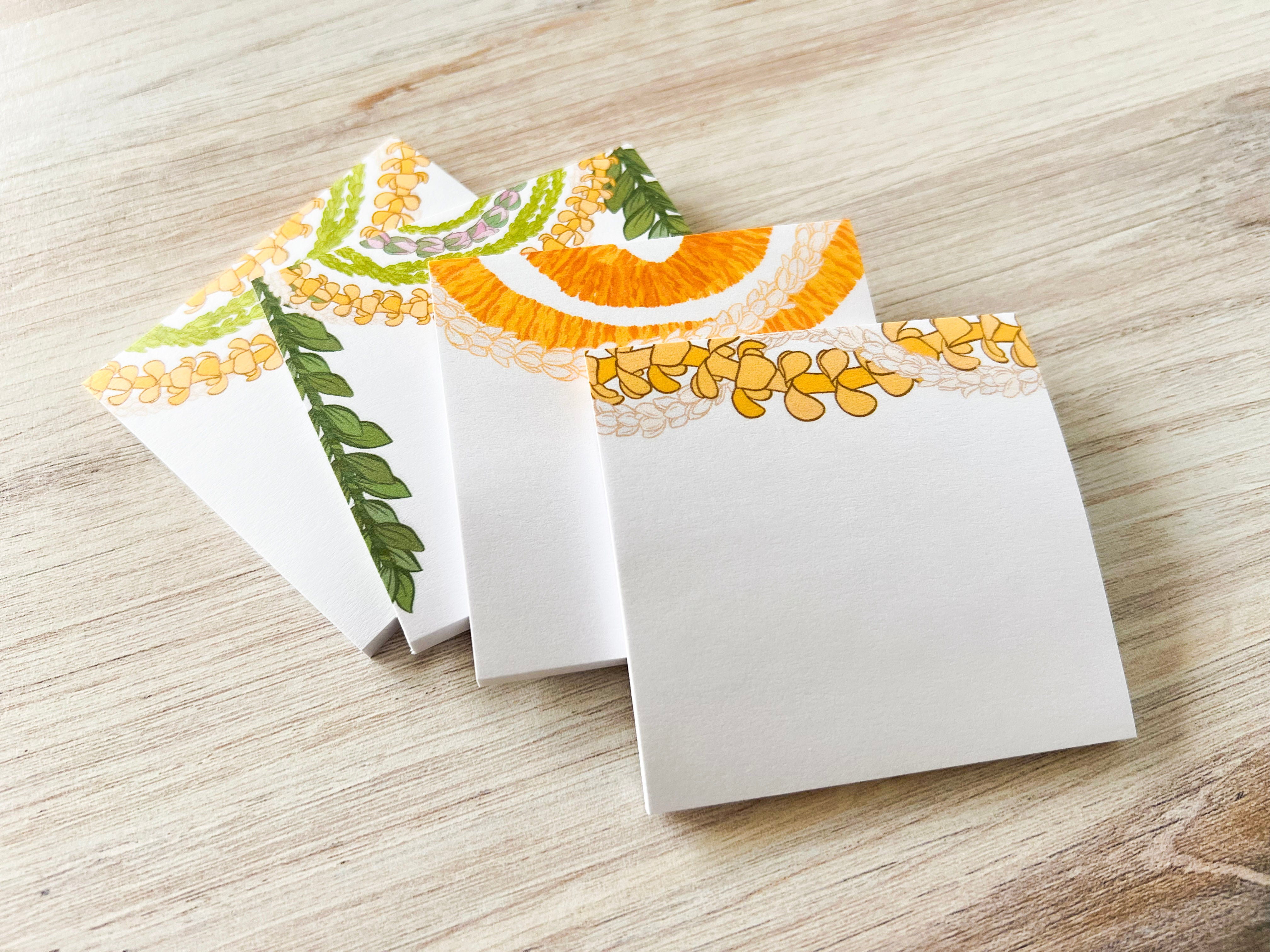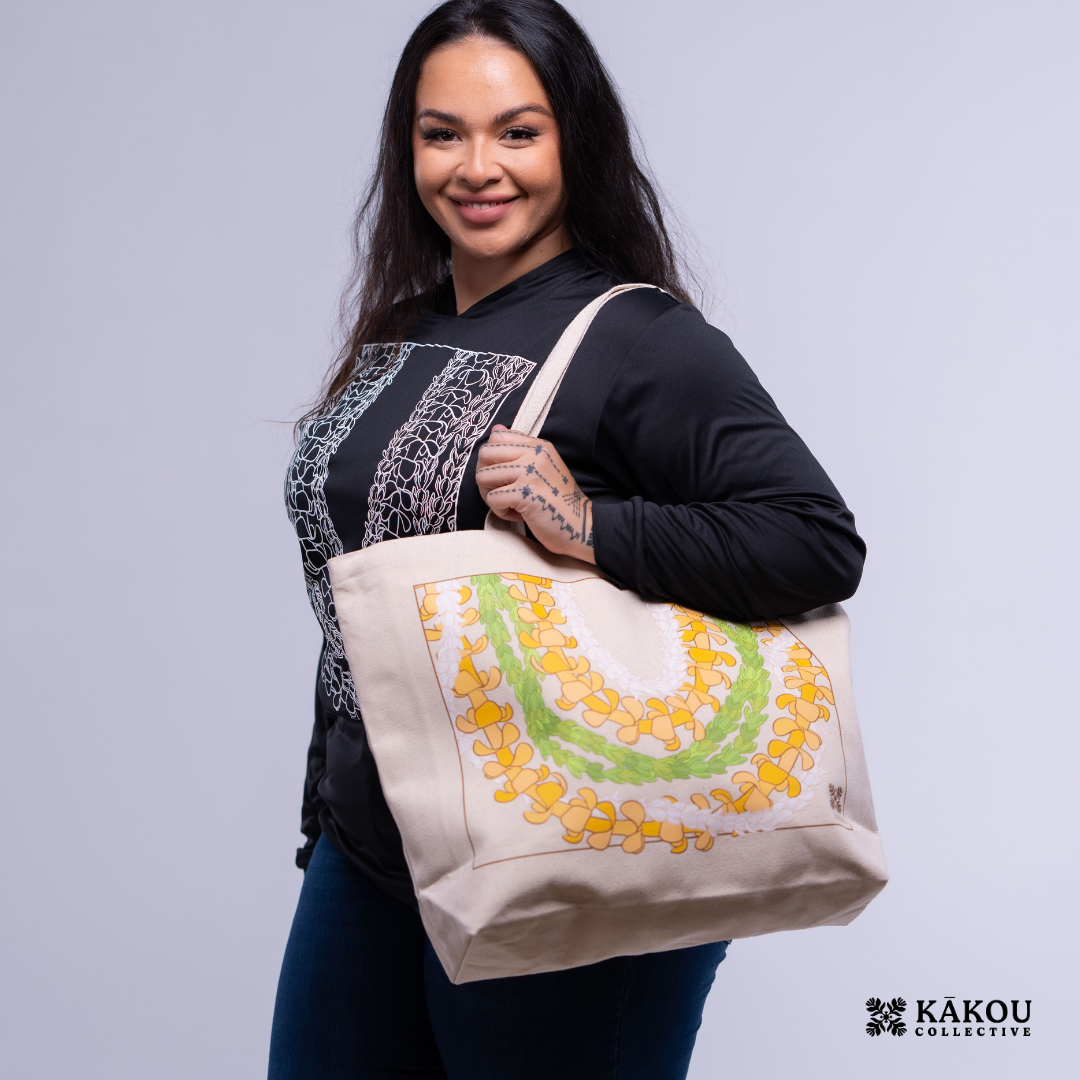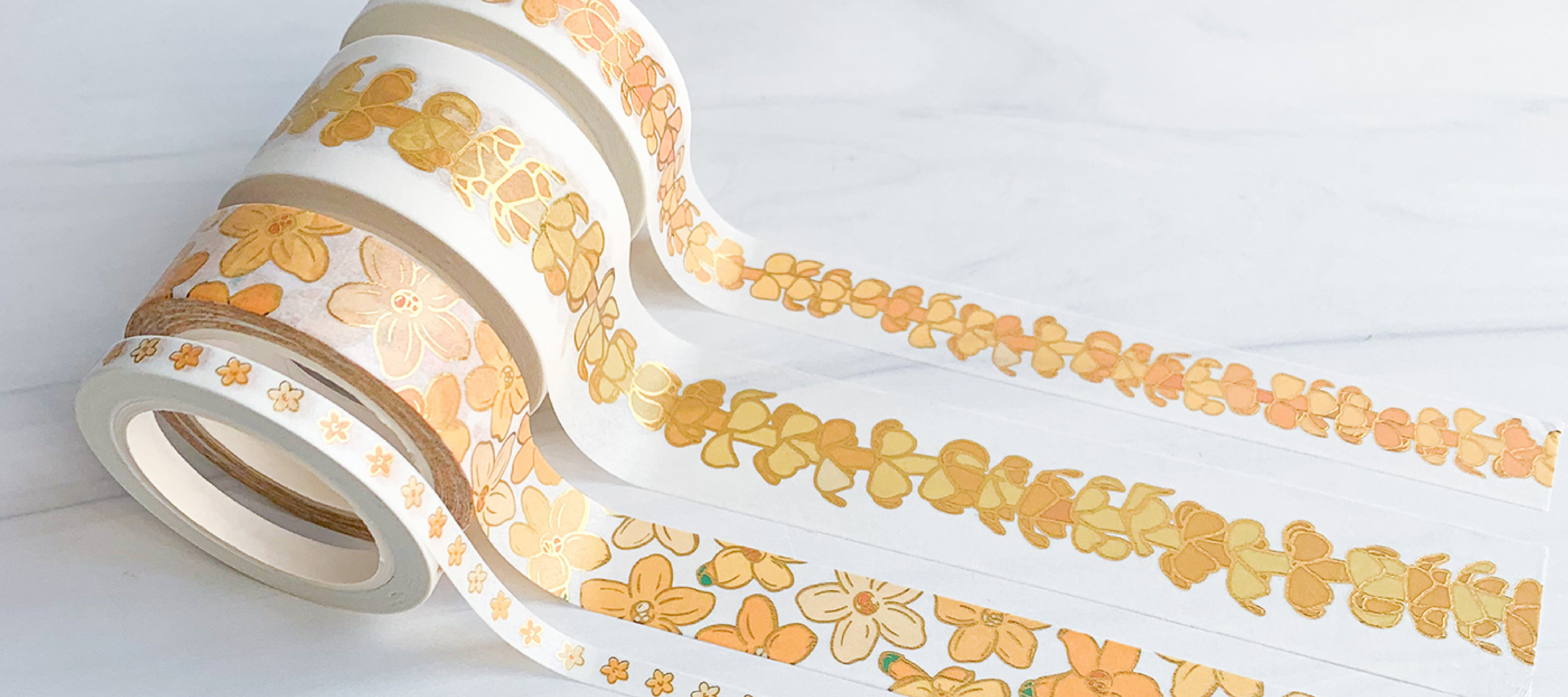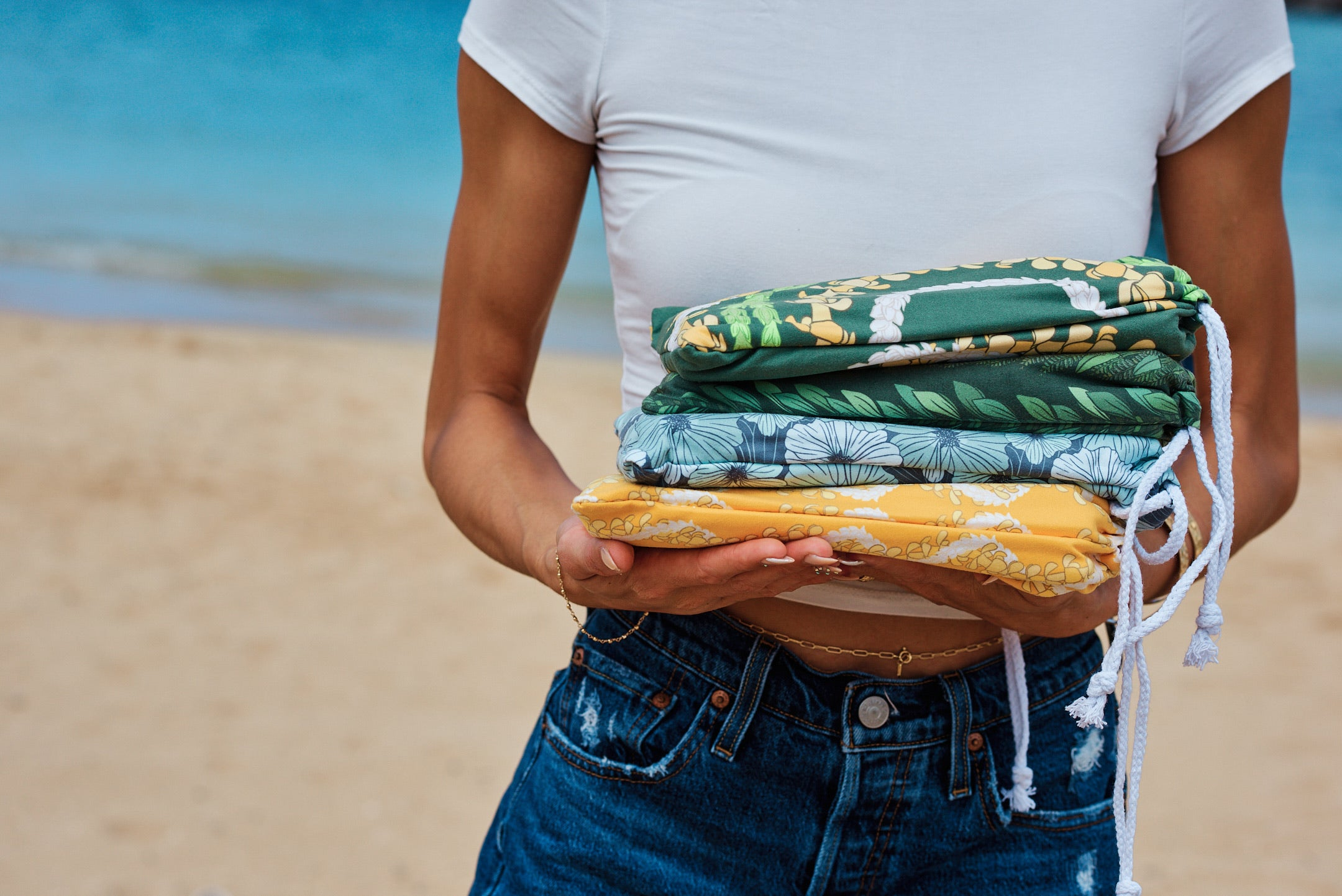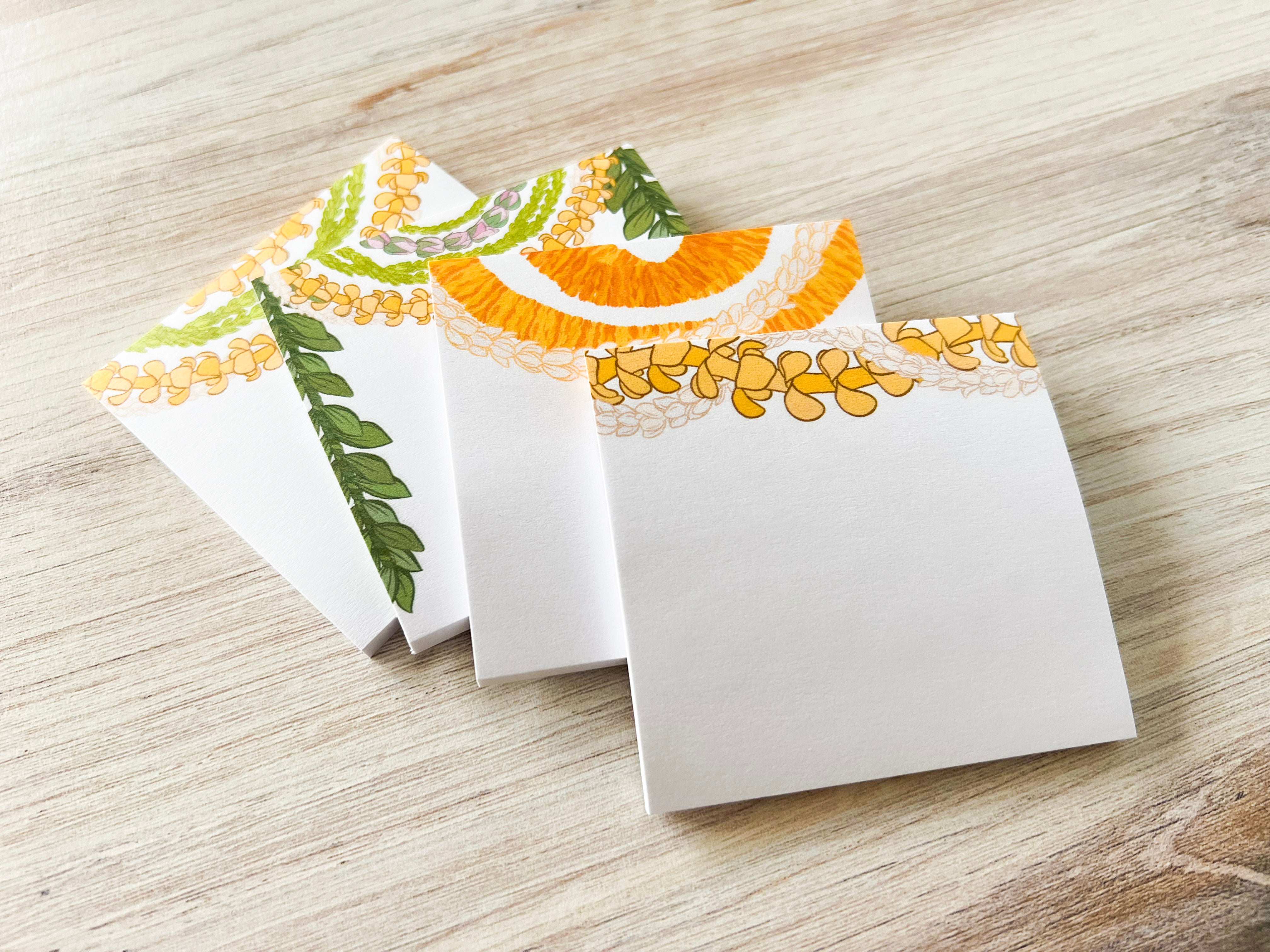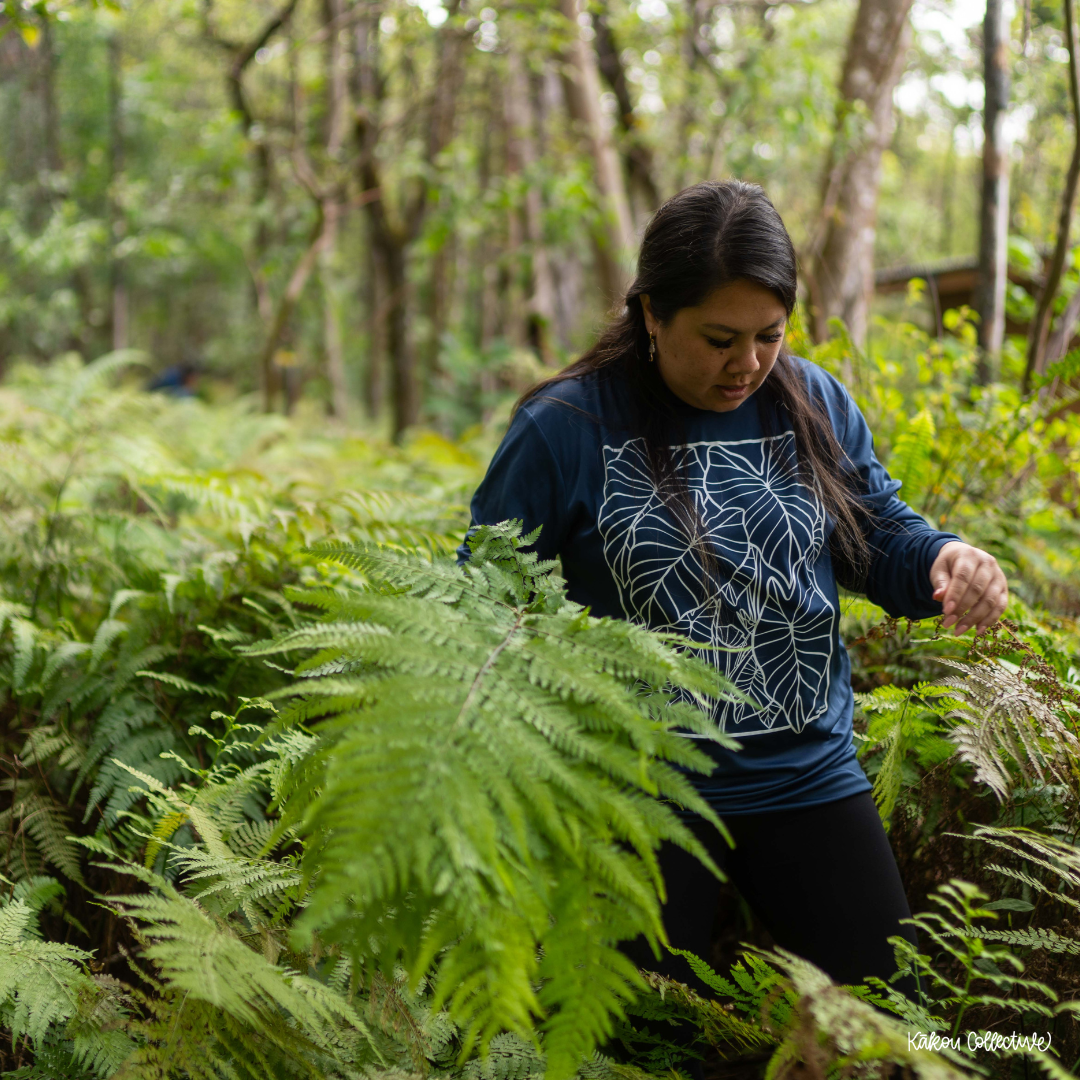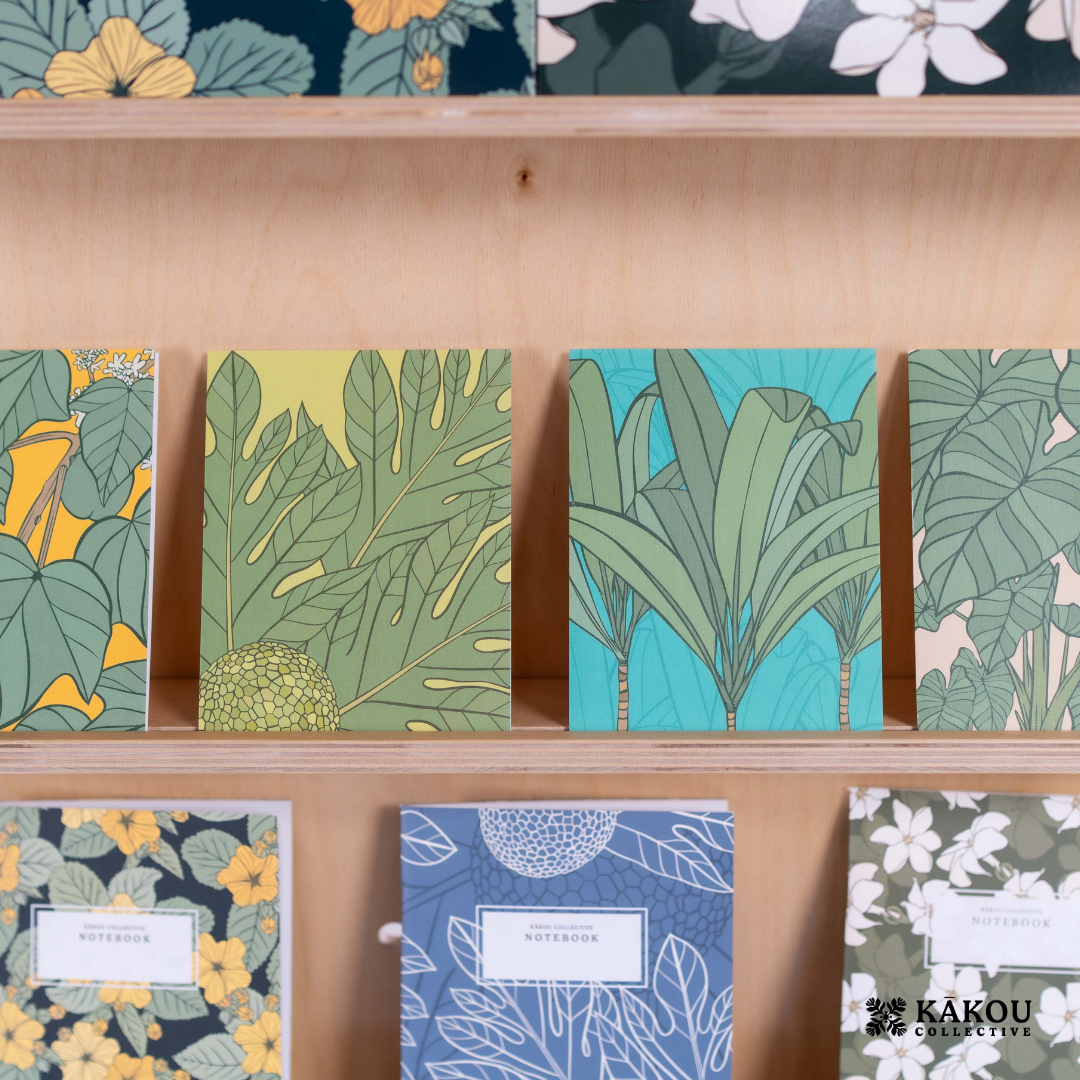ʻO ʻApelila ka Mahina Lāʻau Kamaʻāina!
(April is Native Hawaiian Plant Month!)
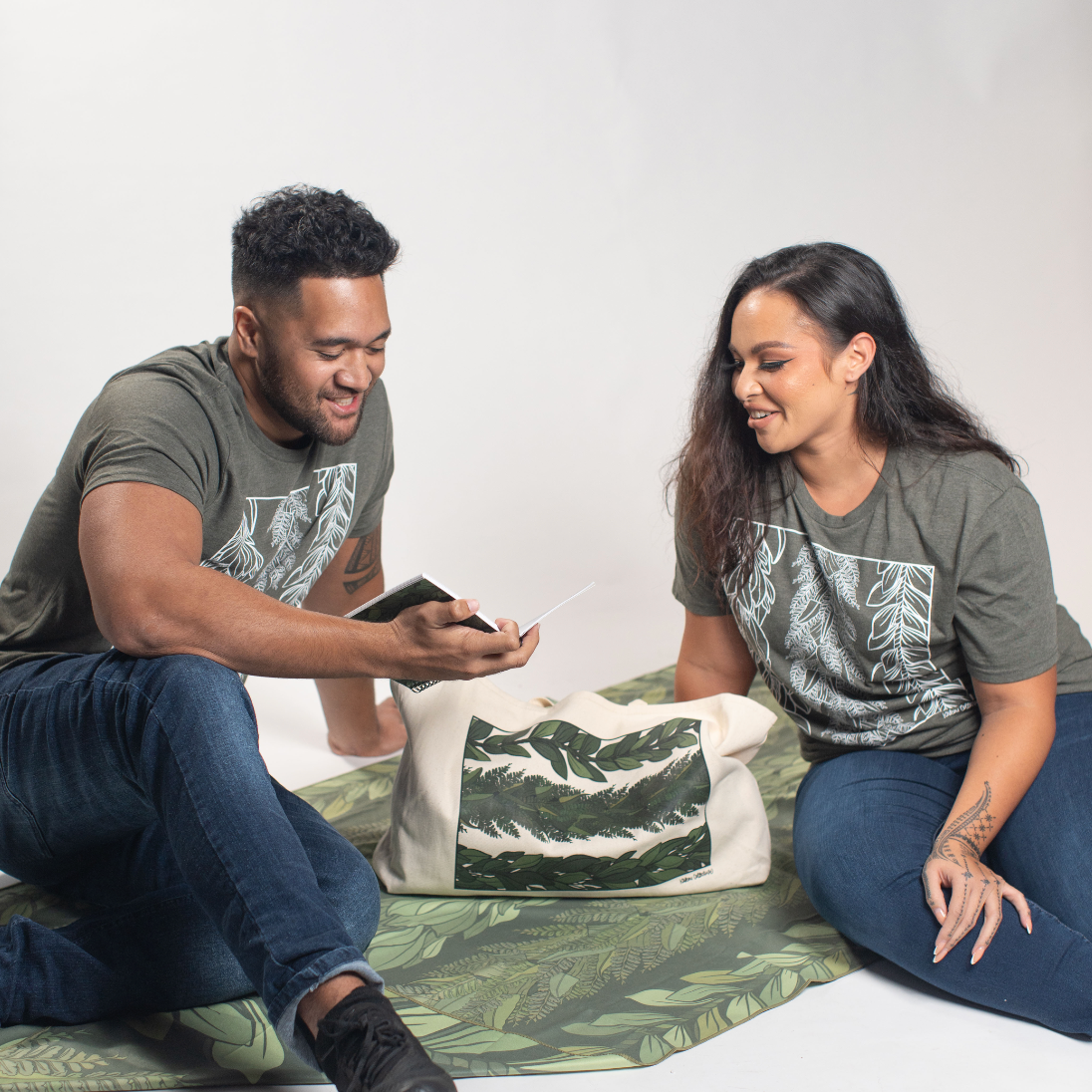
This month, we are focusing on all things Lāʻau Kamaʻāina (Native Hawaiian Plants)! Like last year, we will be bringing you drawing tutorials on featured native Hawaiian plants and give you a few tidbits on what makes these lāʻau so special.
Sadly, Hawaii is the extinction capital of the world. Even though the islands make up less than one percent of the U.S. landmass, we contain forty-four percent of the nation’s endangered and threatened species! How crazy is that?!
First up: a quick lesson in the language you’ll be seeing. Do you know the difference between ‘Endemic,’ ‘Indigenous,’ and ‘Native?’
Okay, this is kind of a tricky one. Both endemic and indigenous plants fall under the category of ‘Native’ plants. ‘Native’ is a broader term that means the plant arrived in Hawaii before humans. They likely came here by way of one of the three W’s: Wind, Water, or Wings (through bird dispersal).
Within the ‘Native’ category, endemic plants refer to lāʻau that can *only* be found in Hawai’i. That means they can’t grow anywhere else in the world. Indigenous plants differ in that while they were here before humans, they can also be found outside Hawaii.
You may have also heard of ‘Canoe plants.’ These are plants that were brought – yup, you guessed it! – by canoe when Polynesian voyagers arrived in the islands. A lot of people mistake canoe plants for native plants because they’ve been here so long and play such vital roles in Hawaiian culture. However, because they didn’t arrive naturally before humans, they are technically not native. Canoe plants include things like ʻulu (breadfruit), kī (tī leaf), and kalo (taro).
One of the reasons it’s so important to protect our lāʻau kamaʻāina is because many native plants evolved to have symbiotic relationships with native animals in the Hawaiian ecosystem. We often see that when a native plant becomes endangered, a native animal or a group of native animals are severely affected. For example, one of our manu nahele (forest birds), the Palila, almost exclusively eats native māmane tree seeds to survive. When māmane forests began dying, Palila populations decreased as well. Then there were less Palila around to spread māmane seeds, which caused māmane forest growth to suffer further. This means that by saving native plants, we will also be protecting many native animal species from extinction as well!
Stay tuned for more lāʻau kamaʻāina fun, and make sure you’re subscribed to our Hap-E-Mail list so you never miss an update or drawing tutorial from us!
A hui hou! (Until next time)
Mahalo for the resources used in this article:
-
Fukushima, Serena.Celebrating Native Hawaiian Plant Month, Maui Invasive Species Committee MISC, 19 Apr. 2021, mauiinvasive.org/2021/04/19/celebrating-native-hawaiian-plant-month/.
-
Ho‘okahua Cultural Vibrancy Group.Lā’au Love: Letʻs Celebrate Native Hawaiian Plant Month!, Kamehameha Schools, 6 Apr. 2021, www.ksbe.edu/article/laau-love-lets-celebrate-native-hawaiian-plant-month.
-
Kūkahekahe: Native Hawaiian Plant Month, Kamehameha Schools, 5 Apr. 2022, www.ksbe.edu/article/kukahekahe-native-hawaiian-plant-month.


